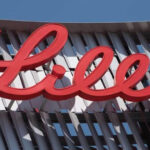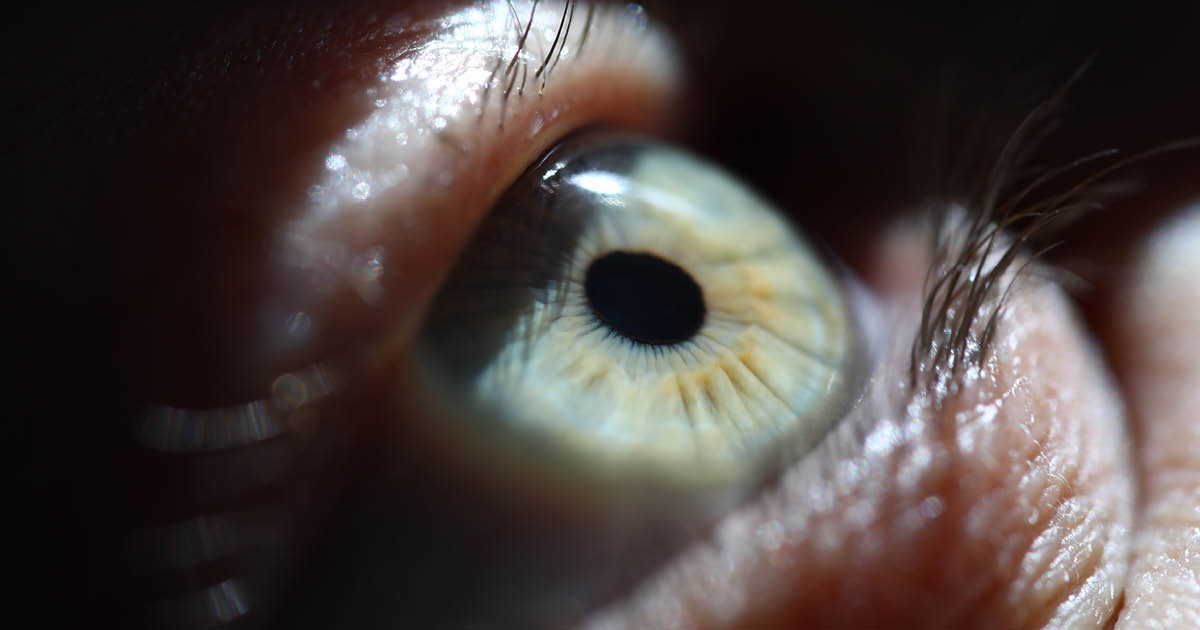
Corneal neuropathic pain (CNP) remains one of the most elusive and debilitating forms of ocular surface disease. It is difficult to diagnose, often a diagnosis of exclusion, and even more difficult to treat effectively and quickly. In many cases, it is only considered after conventional therapies for dry eye disease have failed. Yet, for those suffering from CNP, the burden is anything but secondary. Patients experience persistent, life-altering discomfort — burning, stinging or photophobia — that may be triggered unpredictably and can derail entire days. Many become self-advocates, spending countless hours researching emerging therapies and traveling across regions in search of specialists and solutions, often with minimal relief. This underscores the critical unmet need for targeted, durable treatments for CNP.
The phase 2 data on urcosimod offer a promising step forward. Urcosimod is being explored for its ability to modulate sensory nerve hypersensitivity and inflammation — key mechanisms believed to underlie neuropathic ocular pain and dry eye disease. In early trials, urcosimod demonstrated encouraging improvements in pain, believed to modulate inflammation and possibly related pain.
For those of us in advanced dry eye care who frequently encounter patients with refractory symptoms suggestive of corneal nerve dysfunction, the emergence of a mechanism-specific therapy is compelling. It may not only provide meaningful relief but also encourage earlier recognition and intervention for neuropathic components of ocular surface disease.
In my practice, where traditional therapies often fall short for this patient population, urcosimod could fill a long-standing therapeutic void. I look forward to further data as development progresses and remain hopeful it will become an option in managing ocular pain.
Hardeep Kataria, OD, FAAO
Avant Eyes Optometry, Porter Ranch, California
Disclosures: Kataria reports having financial disclosures with Alcon GMA, Alcon Vision, Bausch + Lomb, BioTissue, Dompe, Lumenis, Sight Sciences, Tarsus, and Viatris.










